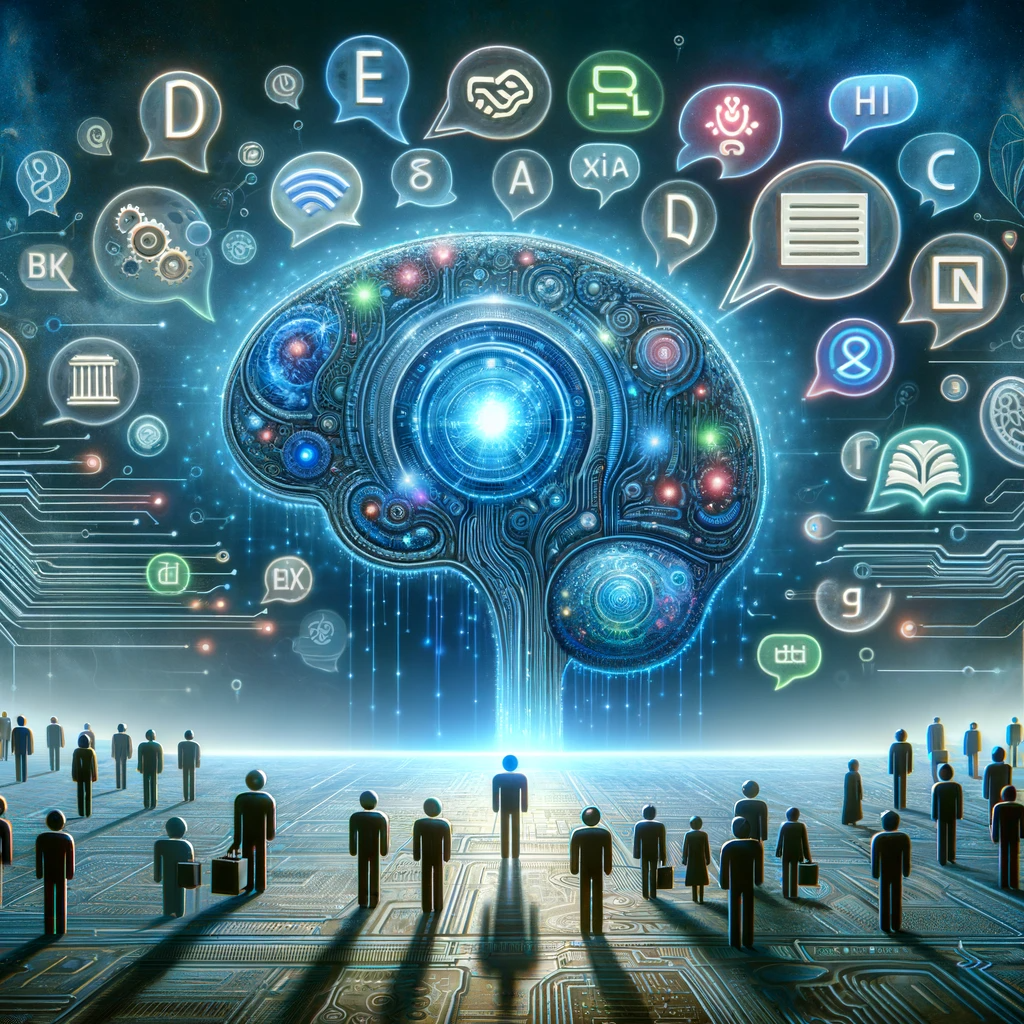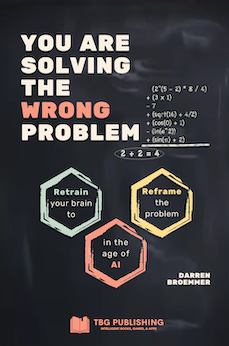
Embracing the Future: Concrete Cases of AI Replacing Human Workers
Category: Business
Tags: Artificial Intelligence
We knew it was coming. Now we are seeing concrete cases of AI replacing humans. The language-learning app Duolingo recently made a significant shift toward using artificial intelligence (AI), resulting in the reduction of its contractor workforce by 10%. This strategic pivot spotlights the ongoing transformation within industries where AI and machine learning tools are increasingly being leveraged to optimize content creation and operational efficiency.
Duolingo, a platform with over 500 million registered users, is now relying more on AI to perform tasks that were previously handled by human contractors. While the company's move has resulted in the "offboarding" of some contractors, it also raises broader questions about the evolving landscape of employment as AI tools become more sophisticated.
The use of AI in Duolingo accelerates the creation of new lessons, courses, and generated voices within the app. It is also used for interactive experiences such as role-playing scenarios in different languages. These capabilities illustrate AI's capability to mimic human-like interactions and produce language-based content at an impressive scale.
The contractors affected by Duolingo's decision are a testament to the job insecurity that many workers face in an increasingly automated economy. AI models like OpenAI's GPT-4 streamline content production and translations. This is forcing the roles of language-based jobs to be reexamined. There's a growing apprehension among workers that AI may replace human roles, not just in translation but across various sectors where language and creativity are pivotal.
The integration of AI into the workplace raises complex questions about the value of human expertise. Does AI understand cultural nuances and idiomatic expressions as well or better than humans? Despite its efficiency, AI may lack the depth of understanding that a human expert brings to the table.
Duolingo's shift is reflective of a broader trend identified by analysts who warn that roles such as translators, artists, and copywriters are at risk due to AI's growing capabilities. Even as technology continues to make strides, it also occasionally falters, reminding us that AI is still an evolving tool. Companies are exploring how to balance the use of AI in their operations while assessing the potential impact on employment.
Reports from esteemed institutions like the Department for Education and Oxford University have also highlighted the potential risks that AI tools pose to various professions. These include not only translators but also consultants, accountants, psychologists, lawyers, public relations specialists, teachers, and human resources professionals.
This is not the first time that machines have replaced human jobs. Since the onset of the Industrial Revolution, there has been a continuous evolution of work, with machines taking over tasks once done by hand. The transition from manual labor to mechanization in manufacturing, the introduction of the assembly line, and the rise of the digital age have all been pivotal moments where technology has drastically altered the workforce. Each wave of innovation brings about a period of adjustment where certain jobs become obsolete, while new opportunities emerge, often requiring more specialized skills. Today, AI and automation represent the latest frontier in this ongoing transformation, challenging us to redefine the nature of work and the skills needed to thrive in the future economy.
As businesses embrace AI to enhance productivity and drive innovation, the workforce is called to adapt, acquiring new skills and finding ways to collaborate with the technology that is reshaping their industries. The conversation about the role of AI in the job market is complex, necessitating a nuanced approach that considers both the benefits and the potential drawbacks of this digital evolution.
This is the first in a series of articles on the current state and future of AI, how it impacts our work both today and tomorrow. Please subscribe, follow, and share, as these are critical times for the future of our economy and our workforce.

